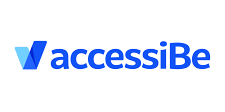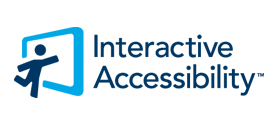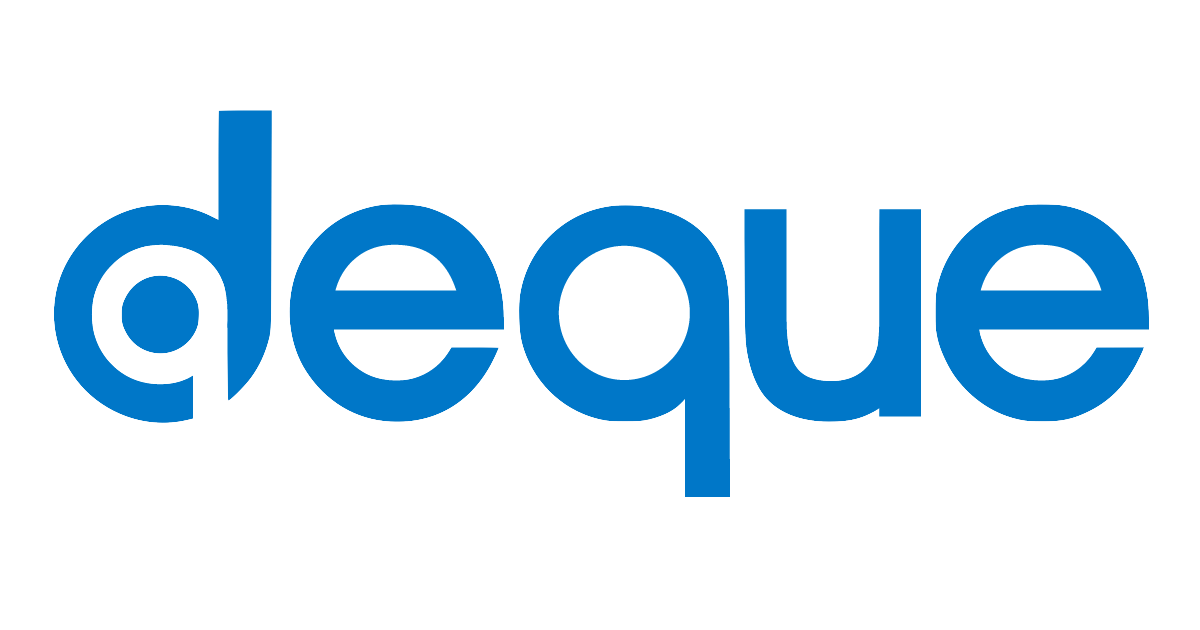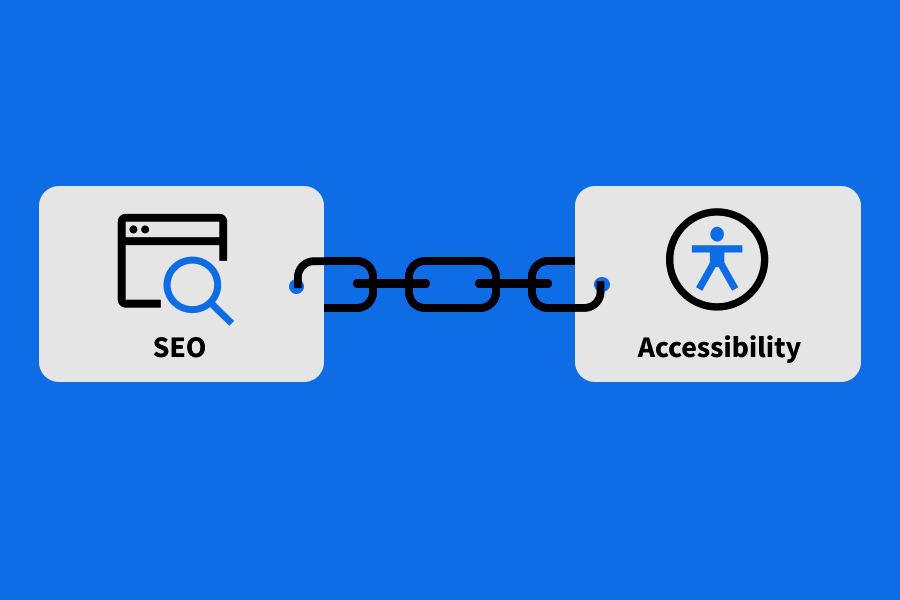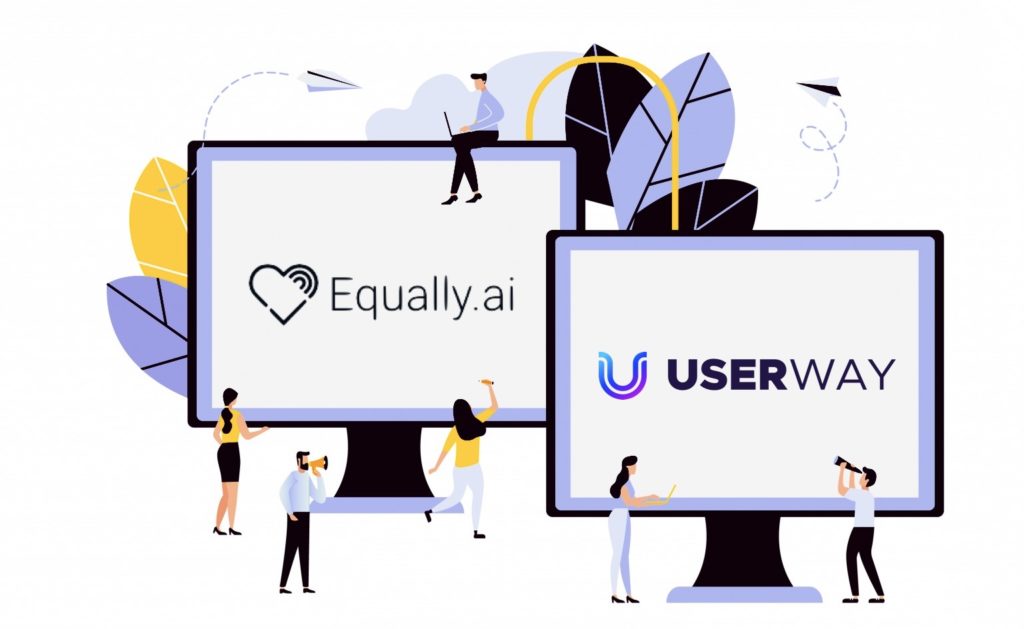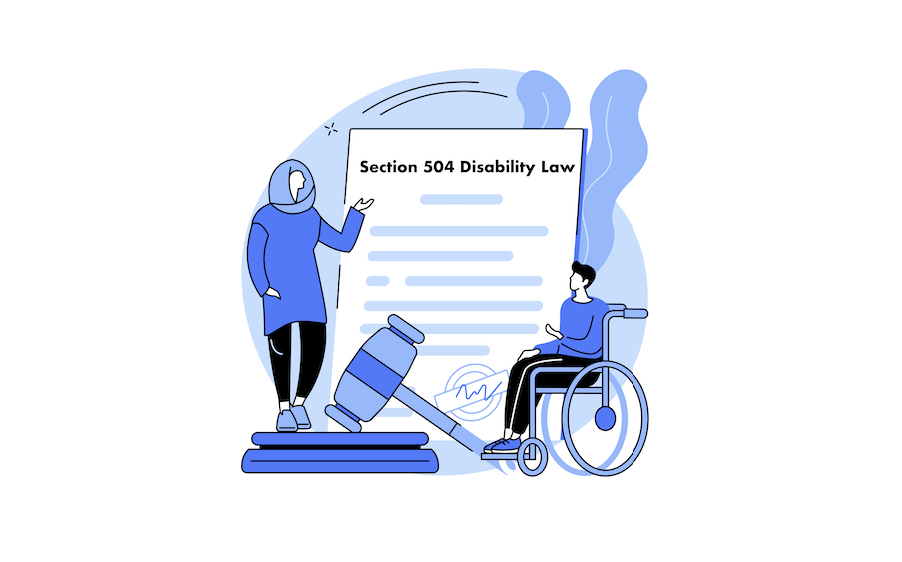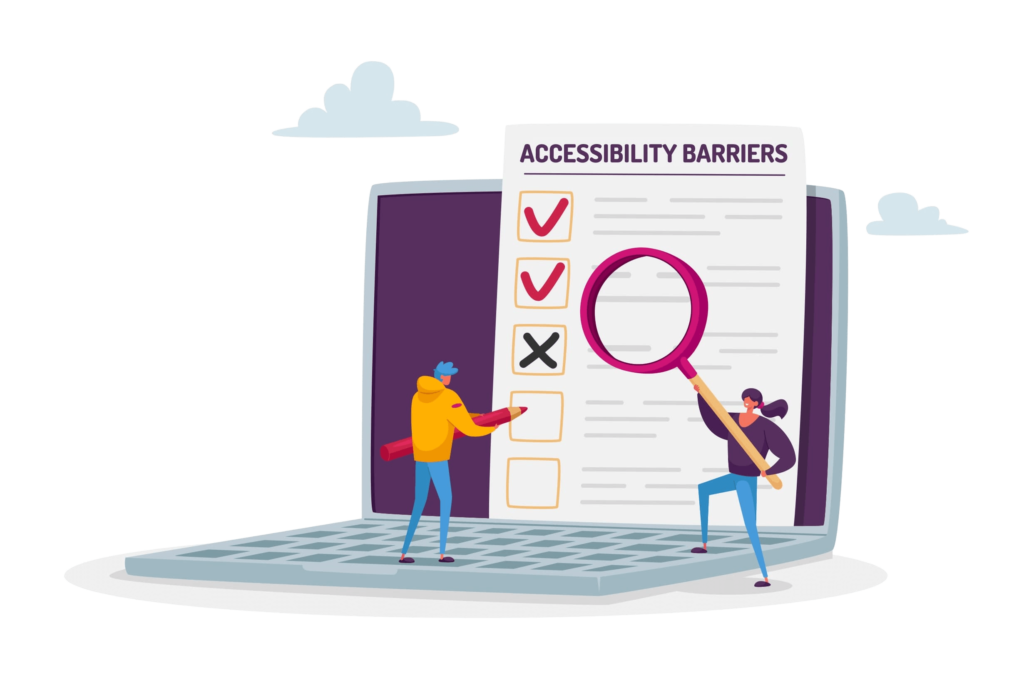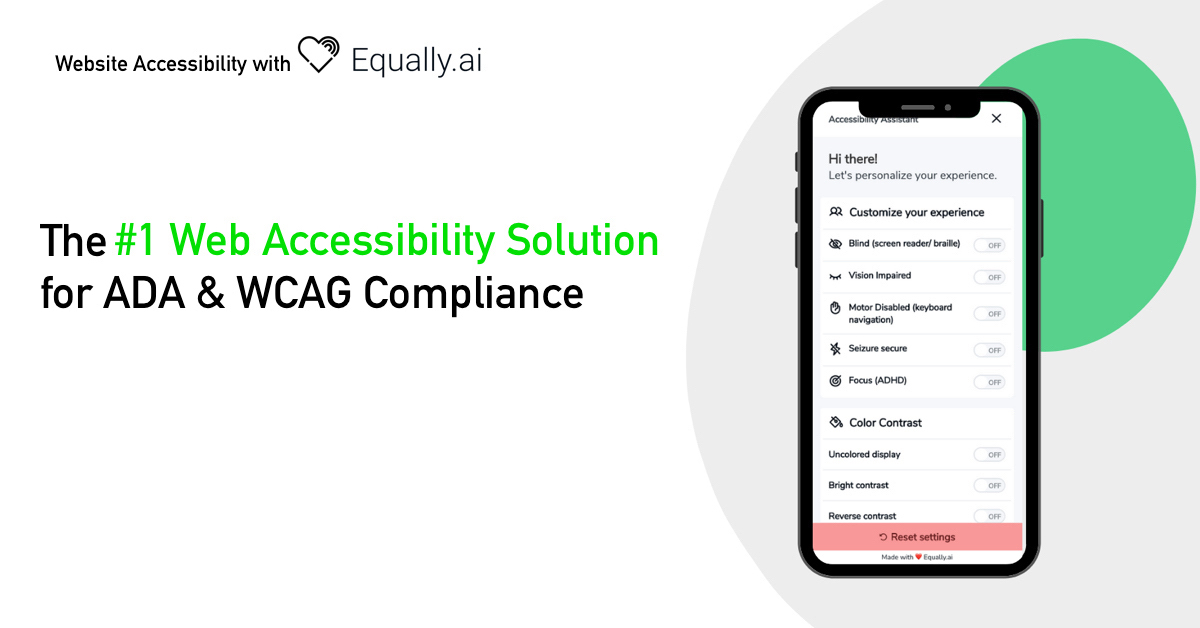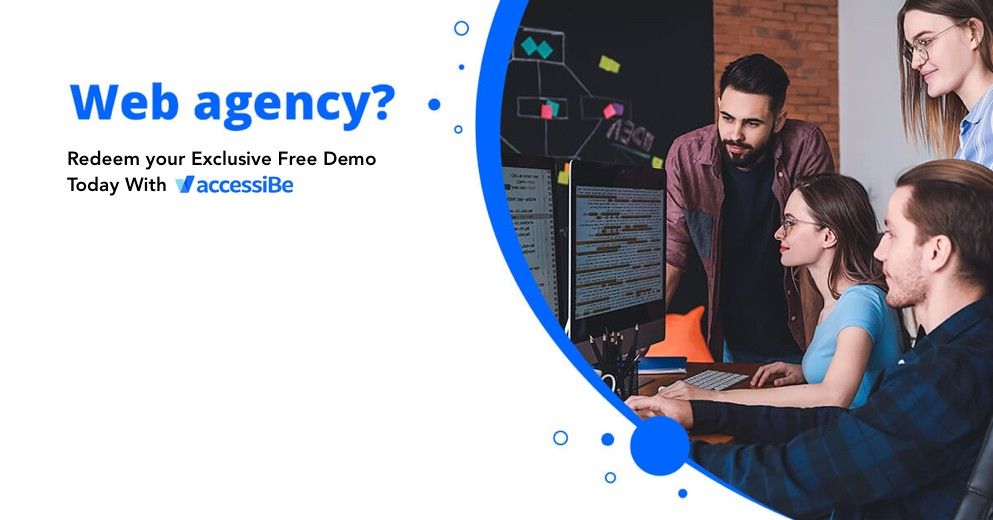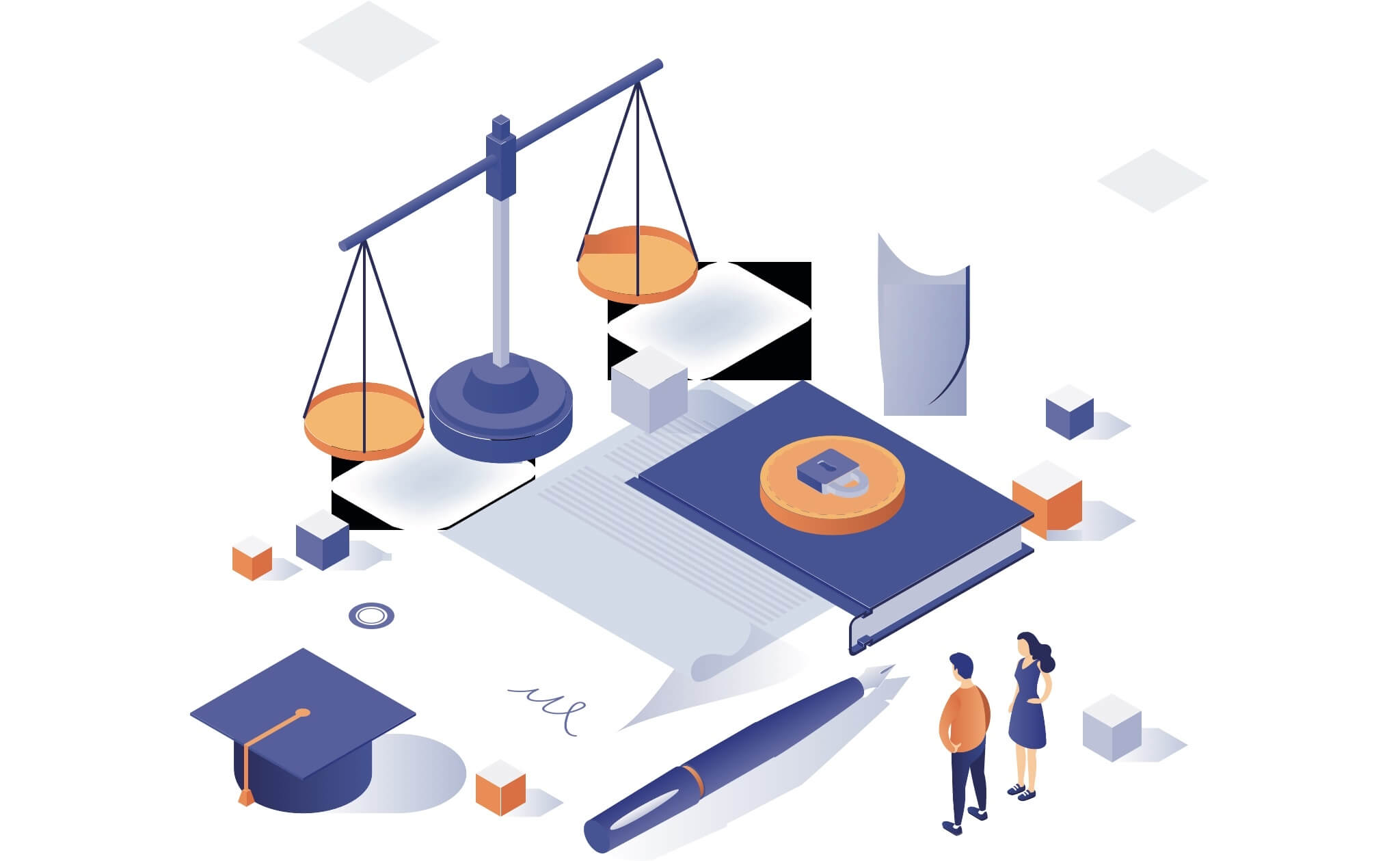
Accessibility to the Web is required in all industries. First, countries began introducing new regulations for government websites. Compliance has steadily started to expand through all areas of the online world. Web accessibility refers to making sure that all digital content is accessible to all. It is the affirmation that no barriers are making it difficult for people to interact with the webpages, especially those who have a specific disability. A study showed that 1 in 3 people feel a lot of prejudice in relation to disability. The foundation principle of the World Wide Web is that digital inclusion is a right for all and not just a privilege. People who need to access government and public sector websites the most are the ones who find it difficult to interact, i.e., persons with disabilities. Unfortunately, not everyone is prepared and complying with the ADA web accessibility laws, AODA, Section 508, and WCAG guidelines. These are the essentials you need to know about government and the public sector concerning web accessibility.
Brief History of Web Accessibility for the Government and Public Sector
The roots for web accessibility laws come from the Rehabilitation Act 1973, in which Section 508 enlightened the rights of disabled people. U.S. government agencies shall have to develop and maintain Information and Communication Technology (ICT) in such a way that it is accessible to persons with disabilities. As a result, the Americans with Disabilities Act, 1990 was formed.
The regulator of ADA is the Department of Justice (DOJ), which in title III of the act enforces and protects people with disabilities’ civil rights in public accommodation. Websites are also interpreted as a place of public accommodation. Hence, the first Web Content Accessibility Guidelines (WCAG 1.0) were released in 1999.
Different countries regarding compliance follow numerous laws and policies. In the U.S., section 504 & 508 of Rehabilitation Act 197 and Americans with Disabilities Act 1990 is implemented. Other countries such as the U.K. follow Equality Act 2010, Australia abides by the Disability Discrimination Act 1992, Canada complies with the Law of Protection of Persons with Disabilities 1990, as amended. In the European Union, both Web and Mobile Accessibility Directive and EN 301 549 standards are enforced.
Industries Where Compliance is Essential
In a survey, people with disabilities said they are twice as likely to be neglected and unemployed as non-disabled people. To make sure negligence does not happen with them over the internet, compliance is most important in the following government and public sector industries.
- Healthcare industry such as public hospitals with important information on their websites or mobile applications can be used for quick access to reports and records. This also assists the government in planning better for the country’s health sector by looking at numbers and stats.
- The education industry, including schools, universities, and other educational institutes that connect online to access data such as assignments and other useful documents.
- I.T. industry, including software houses and web developers, design these webpages and mobile applications, especially for government, municipalities, and the public sector. They must ensure that their developments are complying with different laws and regulations.
- Law enforcement agencies such as regulators, government organizations, and complaint about platforms where public interaction and user dealing is the main objective.
- Postal services because their webpages need to be user-friendly and straightforward, and easily accessible by users to perform tasks such as tracking and locating packages in transit.
- Emergency services include medical services and the police department in case of disaster or emergency. This makes it one of the most important public sectors as a delay in reporting can result in a catastrophic situation.
Government Sectors facing Lawsuits
Lawsuits have become a problem for governing bodies since the general public has filed many based on non-compliance. As a result, some municipalities have removed such content that seemed not accessible by users to avoid lawsuits.
Due to the Covid-19 scenario, it is extremely important to provide the general public with the latest updates and measures for their safety from the virus. Lack of accessibility in government and public sector websites has been a limitation for people getting their hands on that valuable information.
Violation of law in mobile applications is also one reason why the number of lawsuits is going up every year. A tip that would help most people is to not avoid lawsuits by removing content from their websites. Instead, work on the law requirements and save yourselves from wasting time, energy, and money because of these litigations. Websites can easily be updated with web accessibility solutions. One of the web accessibility solutions we have reviewed is UserWay. This platform has offered web accessibility solutions for several government websites, and you can take a look at a selection of Municipal, Government and Public Sector websites UserWay has updated with their Accessibility Solution.
Disabilities on which Compliance is Necessary
Following are some of the significant impairments for which compliance is mandatory. More detailed information about disabilities and the most common barriers per disability.
- Visual impairments such as color blindness or complete blindness can cause difficulties in interacting with the webpages. It could be resolved by increasing the text size, choosing strong color contrast, and adding the screen magnifier feature. Also, keeping the important information on the main page would make it less exposed to being ignored than in a downloadable file such as a PDF.
- Auditory impairments such as having difficulty in hearing would be a limitation on websites that contain information in the form of audios and videos. These problems can be mitigated by adding captions for videos and incorporating subtitles in a legible font. Using text-based methods instead of audios would be better for such people.
- Mobility impairments such as having temporary or permanent injuries can make it challenging to navigate the websites using a mouse. A good solution would be to design websites so that they can be surfed around using keyboards only. A voice assistant would also serve the purpose exquisitely.
- Cognitive impairments such as learning difficulties can cause hindrance in understanding the information over the web. This can be avoided up to an extent by using simple text formats. Leaving blank space between text and organizing it in bullet points also makes it easy to pick things up.
Most well-known Lawsuits against Government and Public Sector regarding Web Accessibility
Section 508 of the Rehabilitation Act came to light in 1998. Since then, several web accessibility lawsuits have been filed. Section 508 demands that federal agencies and departments guarantee that their ICT (information and communication technology) is accessible. The Department of Homeland Security and also the Social Security Administration are just a few examples of government departments that have received legal complaints. But both organizations have updated their policies tremendously since.
The DOJ – Department of Justice – communicated the importance of ADA compliance with the required web accessibility criteria. Many organizations have lost legal cases solely because they have denied or ignored to comply with accessibility standards. Nowadays, as a government, you can’t hide behind the argument that you didn’t know the complete details of the web compliance. Today, you can work with many solutions that can update your website in just 48 hours. You don’t have to know all the specifics of all the specifications. Examples would be the case of The National Museum of Crime and Punishment in Washington D.C. Another example is the tax accountant H&R Block; a court ordered them to enhance the accessibility of its website and applications.
In response, the giant entertainment provider agreed to caption all of their content by 2014. Not only that, but Netflix also had to pay an $800,000 fine as the non-compliance penalty.
Latest updates
To enforce the law correctly to avoid loopholes, updates should be made regularly, considering the latest happenings.
New deadlines have been set for people to make their websites accessible. This will ensure that compliance is being made and more website owners will be brought under the law. The deadline for websites has been set for 23 September 2020, while mobile applications will be required to comply by 23 June 2021.
Another update is that the draft of WCAG 2.2 is being made that includes criteria for people with cognitive disabilities. Initially, it was expected to be released in November 2020 but is now going to be issued in summer next year.
How to resolve issues to comply?
There are some basic steps that you need to understand to comply with the requirements of web accessibility.
The first step is to understand how this will impact your organization. Is your institution exempt from such requirements or not? If yes, then up to what extent it is exempt. Organizations like public sector broadcasters and their subsidiaries are fully exempt. NGOs also fall in this category unless they are financed mostly by the public. Examples of partially exempt institutions could be primary and secondary schools.
The second step is to know how you can check for accessibility and fix it. There are numerous reasons why your content is not in line with the requirements. Do a self-audit to find those causes and apply the relevant solution. If you are having trouble doing things yourself, there are numerous software solutions for WCAG and ADA compliance.
Finally, publish an accessibility statement showing how accessible your website is. This statement contains the key guidelines and standards it follows. It also accommodates information such as alternatives available to users and up to what extent the website is exempt from compliance.
Exemptions in accessibility compliance requirements
There are a few things that are exempt from the compliance requirements, such as:
- Live videos and audios
- Pre-recorded audios and videos published before 23 September 2020
- Third-party content that is under the control of someone else
- PDF files attached in the content
- Maps included for location guide
If there is still something technically impossible to comply with, site owners can request an exception through a form to the relevant authority explaining the extraordinary measures.
Guidelines by WCAG
Web Accessibility Initiative (WAI) is one of the World Wide Web Consortium (W3C) that develops standards and guidelines to implement accessibility successfully. WCAG is prepared through the same process to provide guidance that meets the needs of people. It has three levels of accessibility, namely level A, level A.A., and level AAA, with A being the lightest and AAA the strictest.
The first guidance containing 14 guidelines was published on 5 May 1999 and is knows as WCAG 1.0. Its successor, WCAG 2.0, was issued on 11 December 2008 containing four principles. These principles say that the content should be perceivable, operable, understandable, and robust. Later WCAG 2.1 came into place, and right now, WCAG 2.2 is in line to be implemented by the following year.
Future Prospects
The importance of web accessibility in government and public sector is high because they should be the example to lead the way. The latest news covered the possibility that by the year 2026, the web accessibility software market will have the highest compound in annual growth rate. This is due to the fact the demand for this software increases every day since Covid-19 turned almost everything to the web.
Conclusion
Making content accessible is not the responsibility of a single department only. Everyone has to play their key roles to make this happen. This helps the disabled interact with the websites and makes it easier for the non-disabled to surf quickly. However, the government and the public sector have to be more cautious in this scenario since they have many stakeholders.
Accessible content also means having user-friendly access and promotes wider reach, which automatically fulfils Search Engine Optimization. Make sure you have your accessibility plan ready, work on the key areas to achieve it, and avoid lawsuits that could be filed against you. In the hospitality industry, restaurant websites, in particular, give people with unique disabilities a headache. Out of all the industries, the hospitality industry faces most of the lawsuits.


